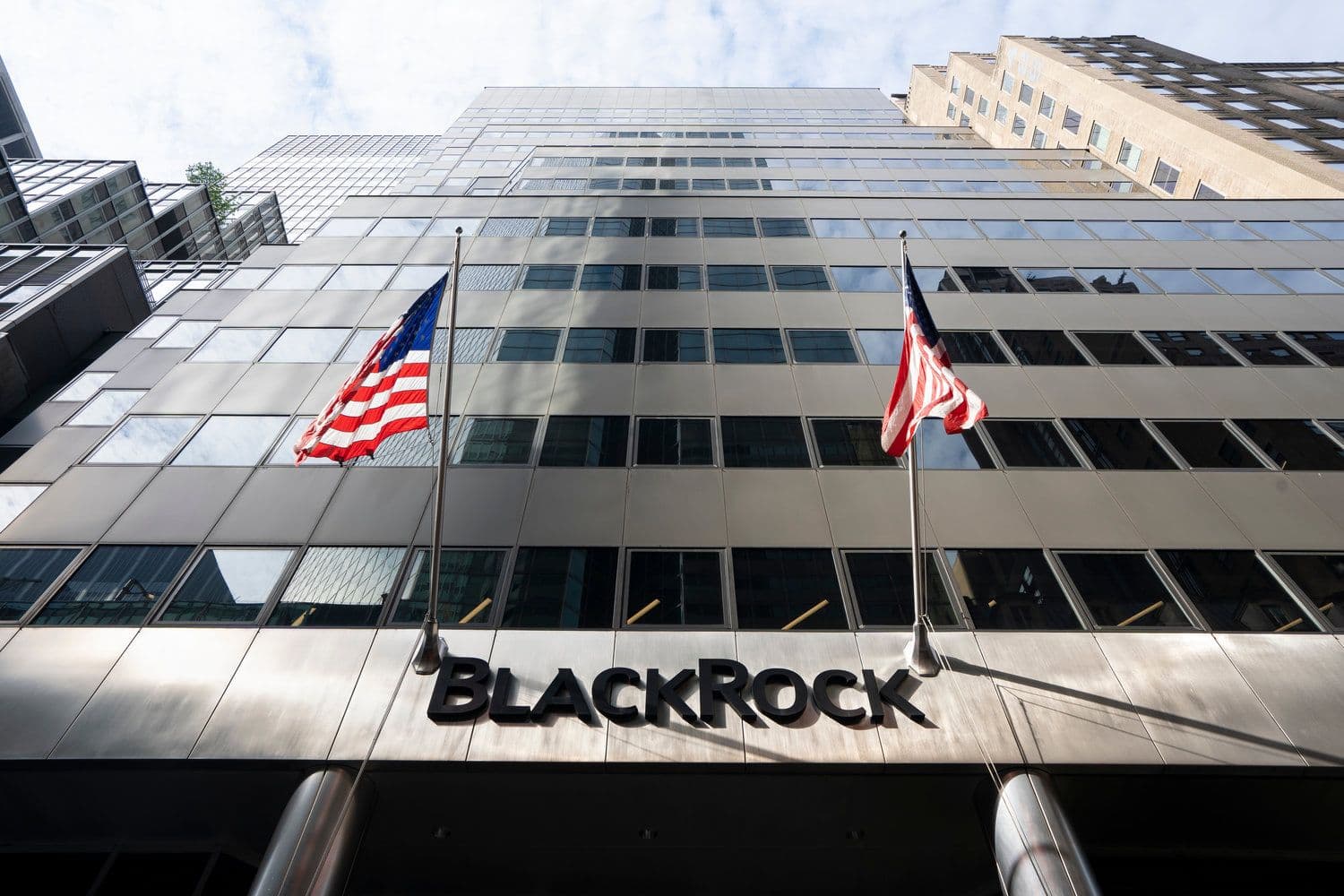BlackRock, the world's largest asset manager, has increased its Ethereum holdings by $158.6 million. This purchase brings BlackRock’s total Ethereum reserves to an impressive $4.45 billion, constituting approximately 1.5% of all ETH currently in circulation.
BlackRock's recent Ethereum acquisition continues an aggressive accumulation strategy that has seen the asset management giant acquire roughly $1.5 billion worth of ETH over the past two months alone.
The substantial buying activity has placed BlackRock firmly at the forefront of institutional Ethereum investment, significantly influencing market dynamics.
Notably, BlackRock’s ETHA exchange-traded fund led Ethereum ETF inflows recently, attracting more than 75% of the total $211.3 million inflows recorded in a single session. According to data provided by Farside Investors, Fidelity's FETH ETF ranked second, attracting inflows of $29.5 million, followed by Grayscale’s Ethereum ETF, which garnered an additional $18 million.
Ethereum-focused spot ETFs have now seen eight consecutive weeks of positive inflows, collectively adding more than 61,000 ETH. This trend underscores strong and consistent institutional interest, suggesting a deepening market acceptance of Ethereum as a core strategic asset for institutional investors.
Notable Institutional Shifts Toward Ethereum
Beyond BlackRock, the institutional pivot toward Ethereum has been evidenced by multiple other high-profile companies significantly increasing their ETH exposure.
Bit Digital recently made headlines by completely divesting its Bitcoin holdings, valued at around $28 million, reallocating those funds, alongside additional raised capital, into a significant Ethereum position now worth approximately $254.8 million.
Similarly, SharpLink Gaming became the first publicly traded company to explicitly adopt Ethereum as a treasury asset. Currently, SharpLink holds an impressive 176,271 ETH, equivalent to more than $490 million at current market rates.
These strategic decisions by public companies to shift significant treasury reserves into Ethereum illustrate a growing confidence in Ethereum’s long-term value proposition.
On-chain Indicators Reflect Bullish Institutional Sentiment
On-chain analytics further validate the bullish institutional sentiment around Ethereum. Recent data has demonstrated a significant uptick in whale wallet activity, with coordinated purchases across large Ethereum wallets becoming increasingly prevalent.
Prominent crypto analysts have highlighted these patterns as indicative of an ongoing accumulation phase, resembling historical market cycles that preceded major bullish runs.
One such analyst, Merlijn The Trader, has drawn parallels between current market conditions and the Ethereum market cycles of 2016–2017. “Ethereum is printing the exact same pattern: Accumulation → fakeout → launch. That move ended in a 10x increase.
This time, we've got BlackRock and billions lined up. Fading ETH here isn’t just wrong—it’s reckless,” the analyst remarked, signaling strong optimism about Ethereum’s potential for significant price appreciation.
Ethereum’s Price Struggles Amid Institutional Demand
Despite vigorous institutional buying and record ETF inflows, Ethereum's price has struggled to break above key psychological resistance at $3,000, sparking market debates about sustainability and potential upcoming volatility. Ethereum’s recent trading performance, marked by relatively muted price action compared to historical bullish cycles, contrasts sharply with the bullish narrative driven by institutional accumulation.
Ethereum briefly surpassed Bitcoin in trading volume recently, highlighting increased retail and institutional interest. However, market analysts express caution, noting the cryptocurrency’s inability to maintain significant upward momentum and the potential impact of broader market factors, such as Bitcoin price fluctuations.
The growing institutional participation in Ethereum has been viewed largely positively, though it comes with cautionary notes. Analysts argue that Ethereum's current stagnation at critical resistance levels could signify underlying market fatigue, raising concerns that increased institutional exposure might lead to heightened volatility.
Market experts emphasize that while institutional accumulation typically provides price support, sudden shifts in macroeconomic sentiment or regulatory changes could quickly alter market dynamics. Additionally, Ethereum’s persistent struggles to establish clear bullish momentum could pose short-term risks, prompting profit-taking from institutional investors who entered the market at significantly lower prices.
Broader Market Impact and Macro Trends
Ethereum’s price action and institutional adoption must also be viewed in the broader context of global macroeconomic conditions. The U.S. Federal Reserve’s monetary policy, potential interest rate cuts, and macroeconomic stability continue to significantly influence investor sentiment and cryptocurrency market dynamics.
Market observers suggest that Ethereum’s relative price stagnation despite massive institutional inflows might reflect cautious sentiment among investors who remain wary of broader market uncertainties. Institutional buying could thus represent a defensive strategy designed to hedge broader market risks rather than purely speculative bullish positions.
At the time of writing, Ethereum is trading at around $2,787, marking an increase of over 6% within the last 24 hours. The short-term outlook remains cautiously optimistic, with significant institutional support suggesting potential resilience against sudden market downturns.
However, Ethereum’s immediate price trajectory will likely hinge on broader market trends, institutional buying sustainability, and macroeconomic factors. Continued vigilance by investors regarding these dynamics will be critical for accurately gauging Ethereum’s future direction.

